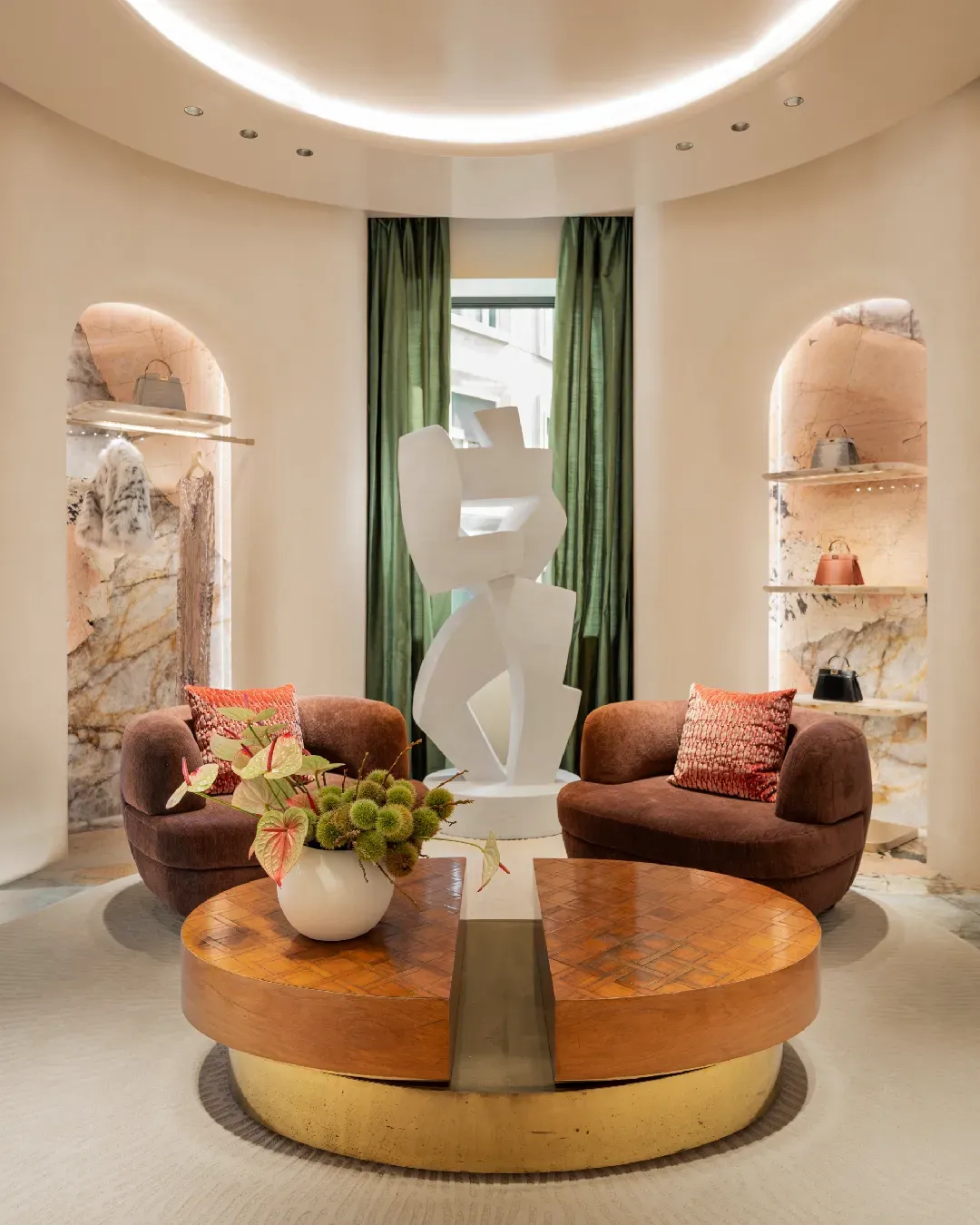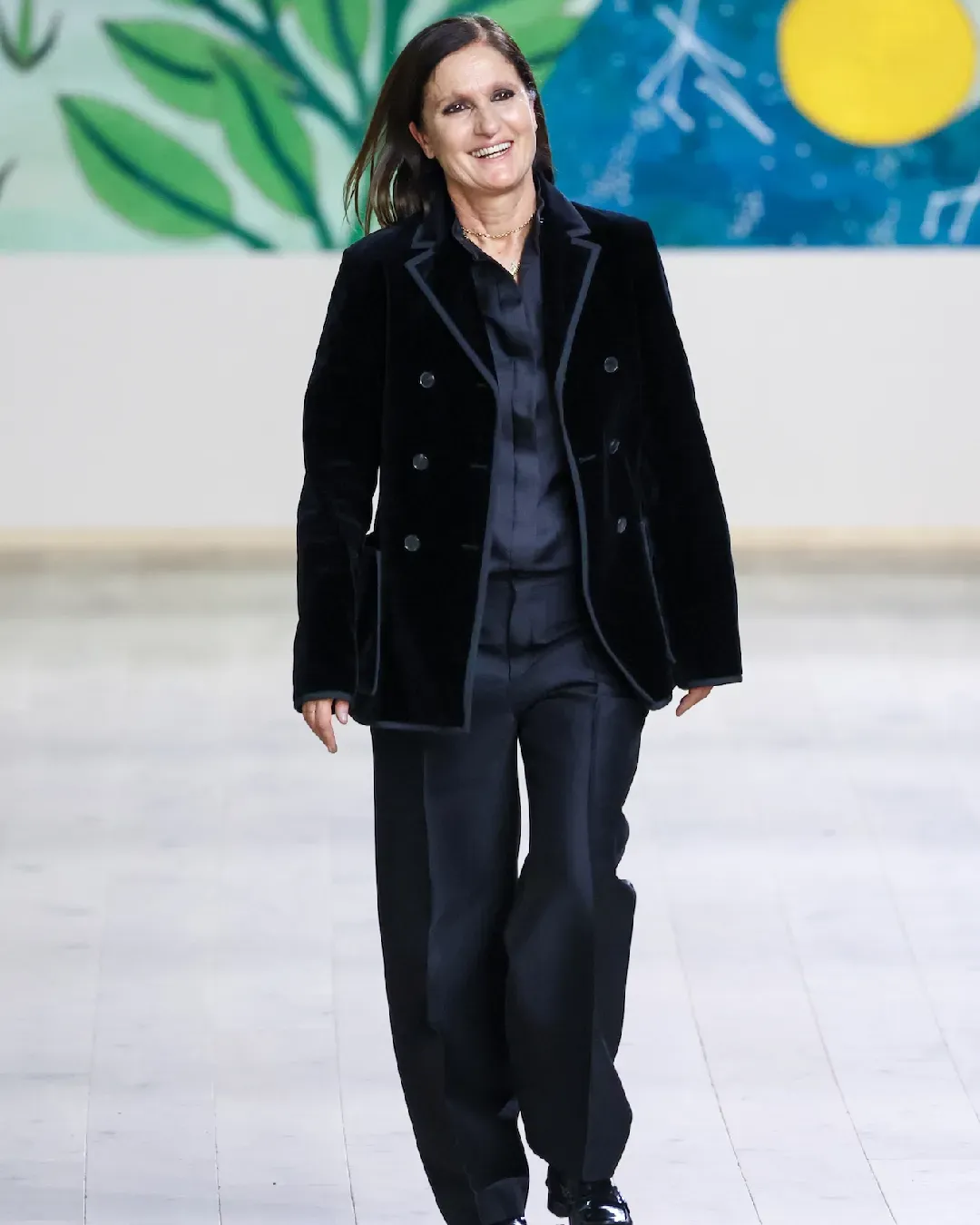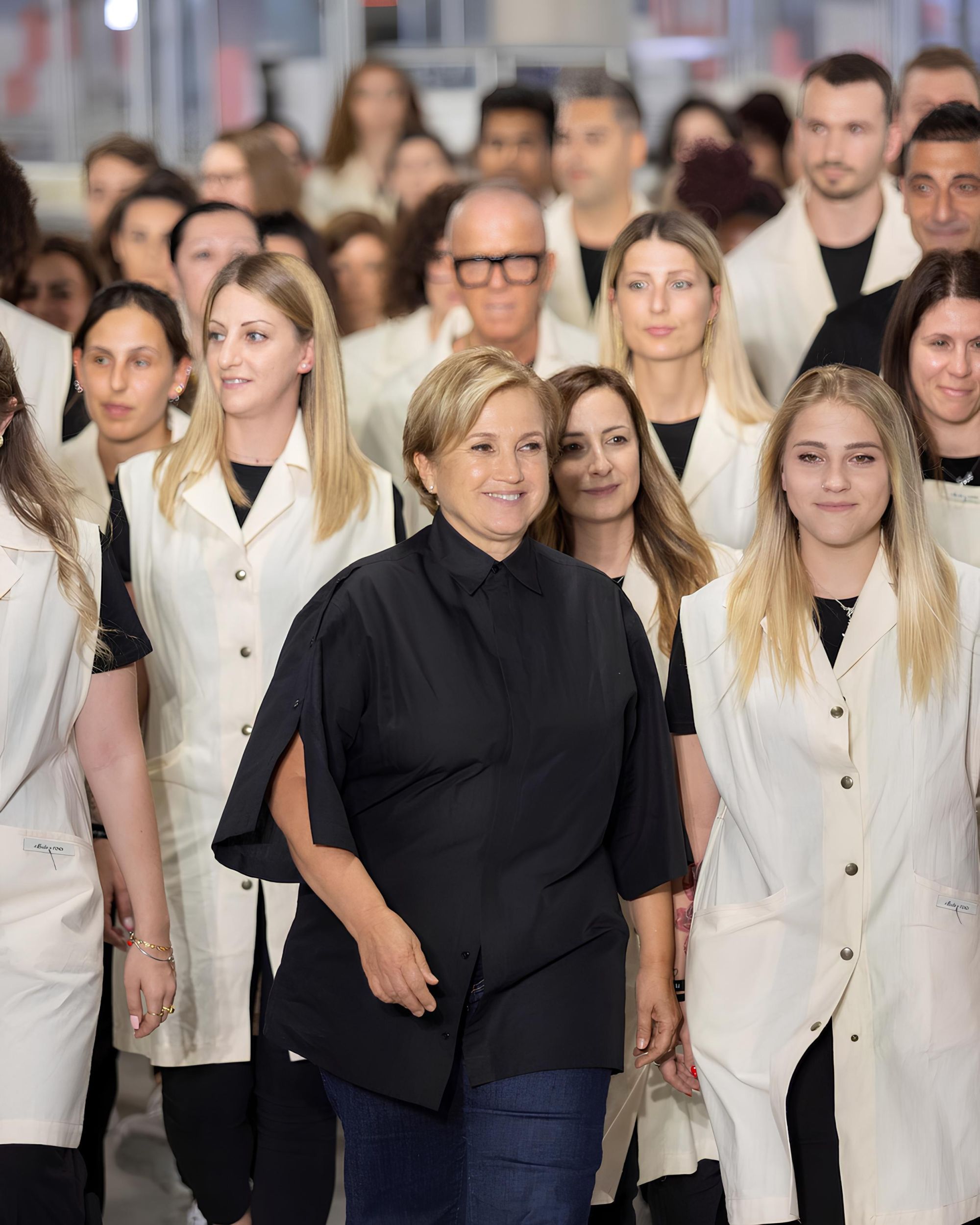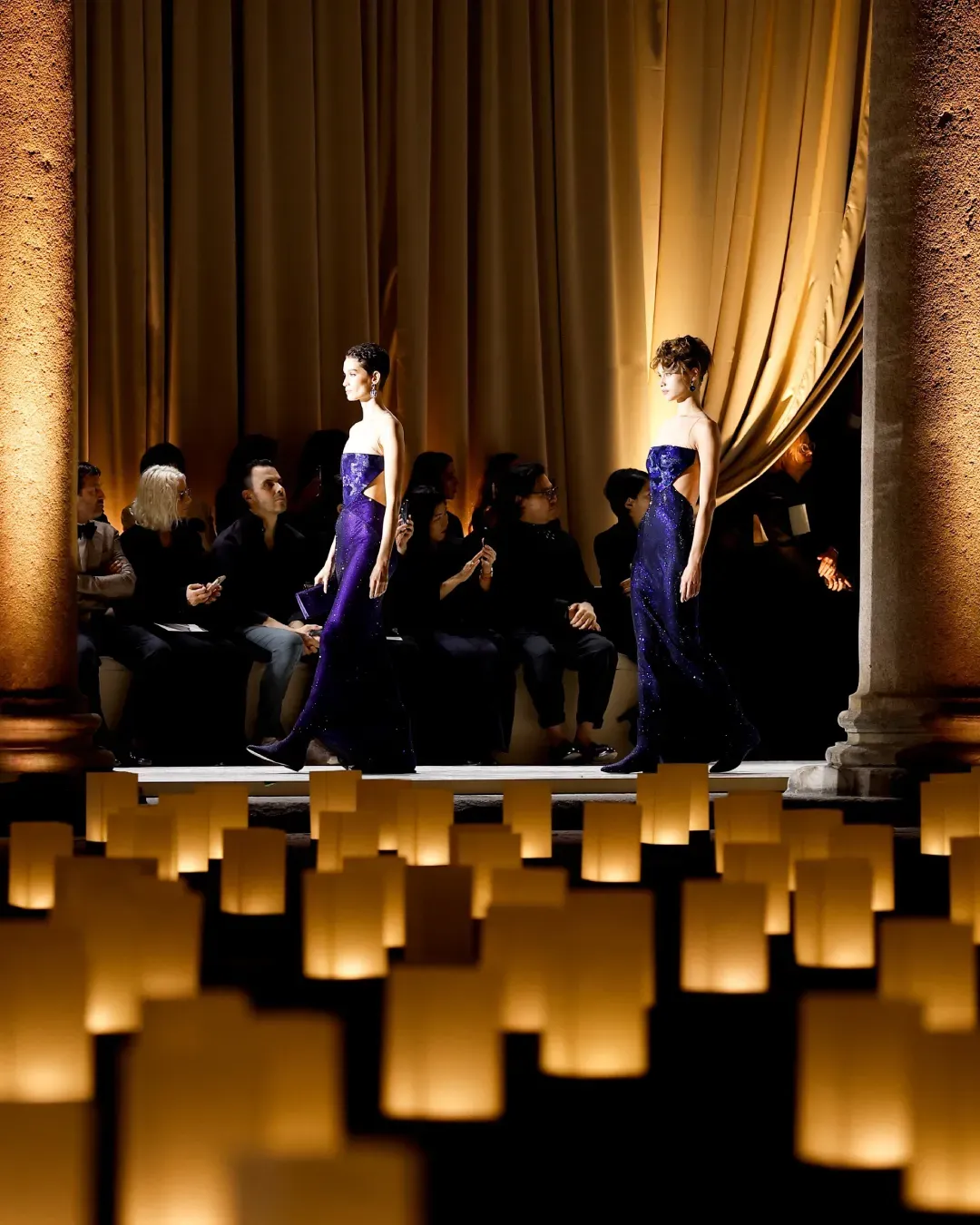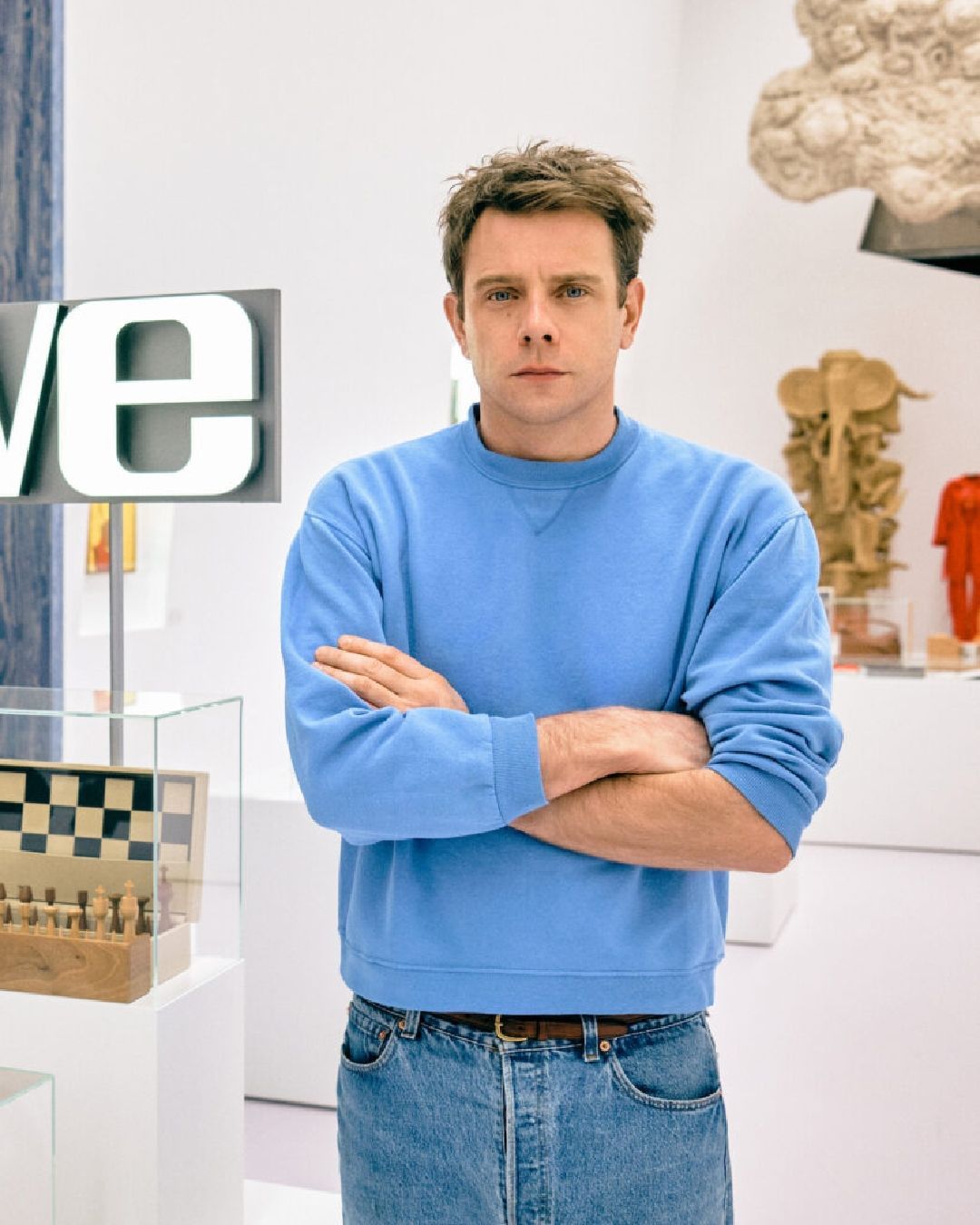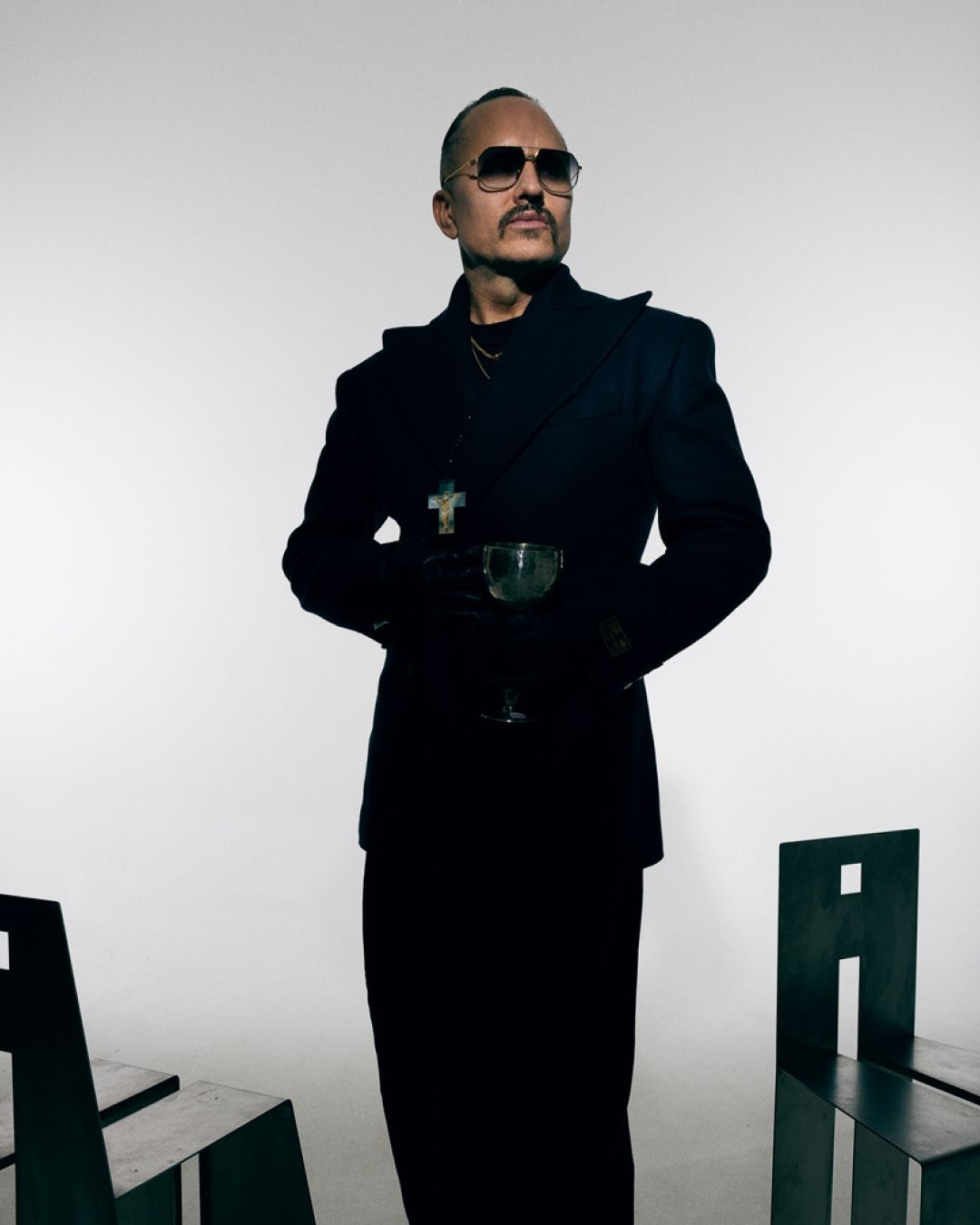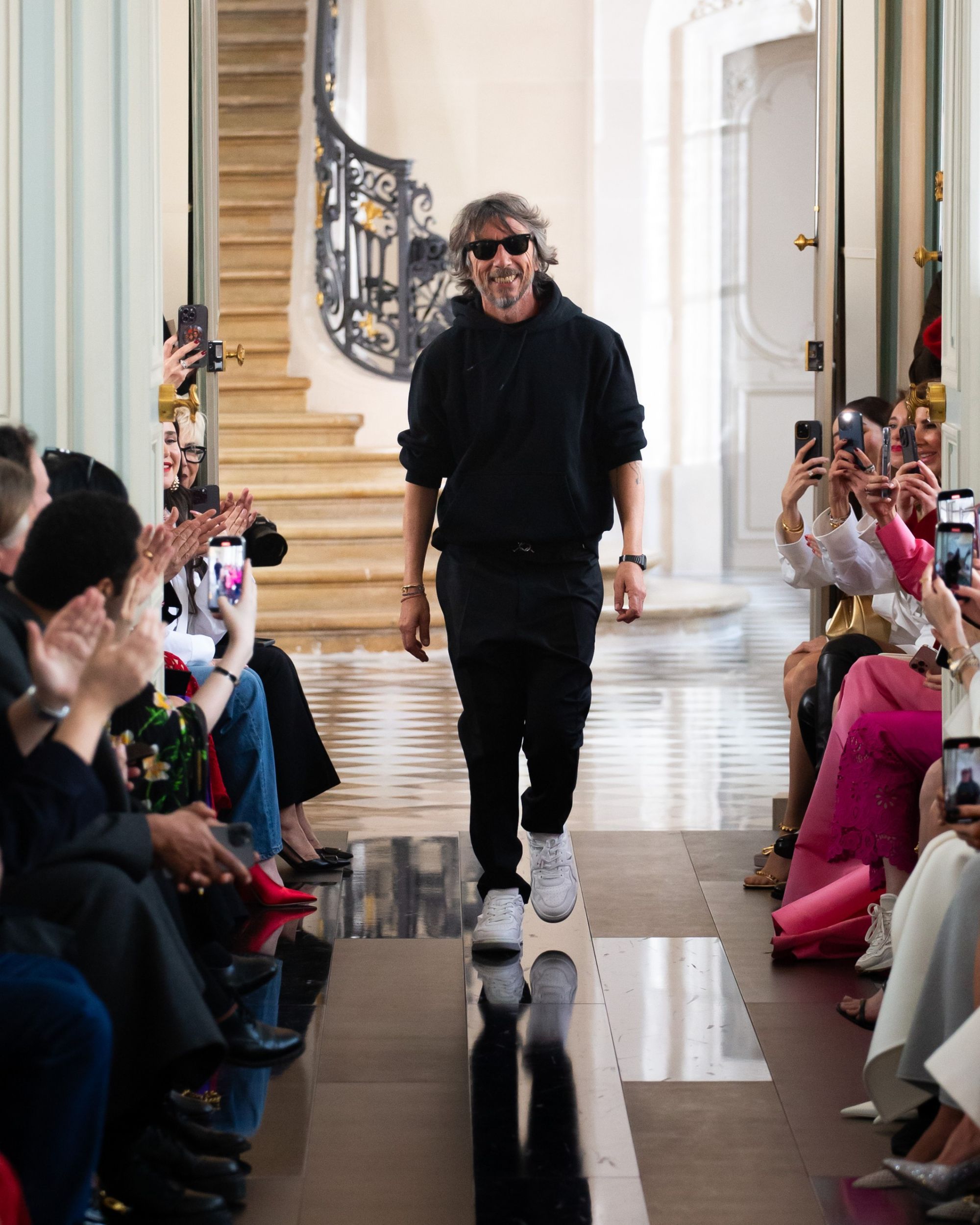
Is Pierpaolo Piccioli going to Fendi? Official confirmation is lacking, but the news seems very reliable
The game of musical chairs continues. This time, it's Pierpaolo Piccioli's turn. After bidding farewell to Valentino, he finds himself with worldwide fame, an excellent track record, and too much free time for a designer of his stature. He has already found a new job for Bernard Arnault: according to Miss Tweed, one of today's most accurate fashion oracles, Piccioli will lead Fendi, presumably taking Kim Jones' place. This rumor had been circulating in Roman circles for some time, but it seemed unsubstantial, with many names being thrown around. However, Pierpaolo Piccioli’s name was the most credible, considering that the Lazio-born designer has always worked in Rome, and the main brands based in Rome are, indeed, Valentino and Fendi. Now, Miss Tweed's report seems to be an unofficial confirmation—the official one could reasonably arrive later in the year, ahead of a debut at the next Milan Fashion Week or, more likely, at next summer’s Couture Week—at least, these seem to be the most plausible timelines.
In the 2023 annual report published last March, LVMH mentions Fendi on several occasions, giving us some insight into the reasons why the Arnault family might have opted for a change in creative direction. The brand's growth is listed among the group’s main strategic objectives (along with Celine, Loewe, and Loro Piana, which are expected to ideally reach the same level as Dior), while in the list of annual highlights, Fendi’s performance is the only one defined by a massive expansion of its store network without any mention of its commercial performance: Loewe had «strong growth», Celine a «record year», and Loro Piana «excellent momentum and gained market share». The absence of any mention of Fendi's growth suggests that the brand may not have grown as much as the group desired. One possible hypothesis, judging from the buzz surrounding the brand at the moment, as well as from Kim Jones' “internal” appointment as creative director of womenswear, was that it signaled a period of transition and experimentation, during which they would try to figure out how to stimulate the brand’s growth in the ready-to-wear and Haute Couture categories while awaiting the selection of a creative director more inclined to interpret the brand's legacy.










































